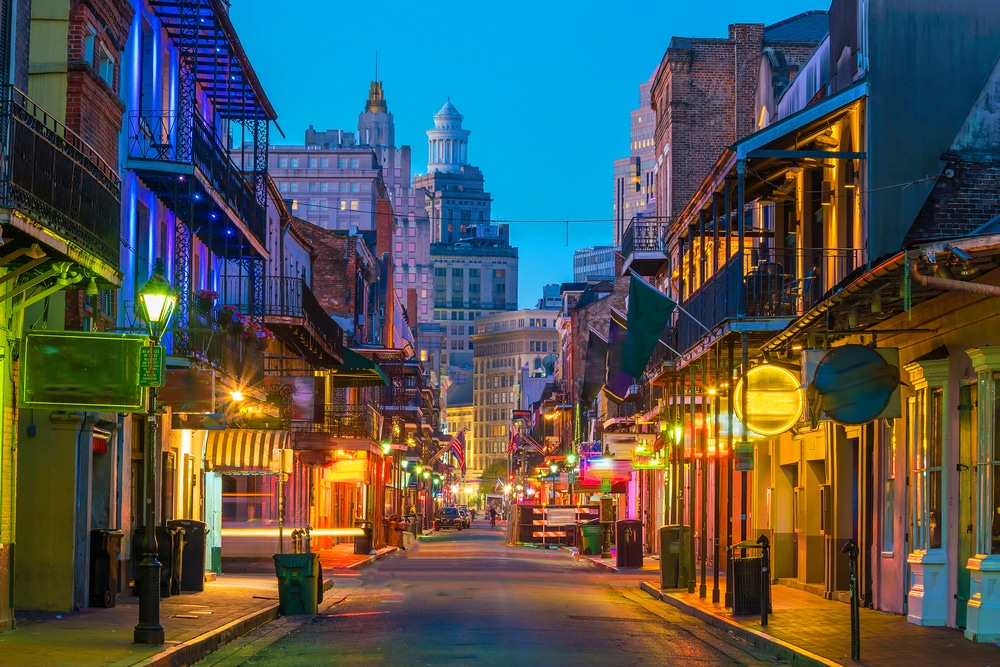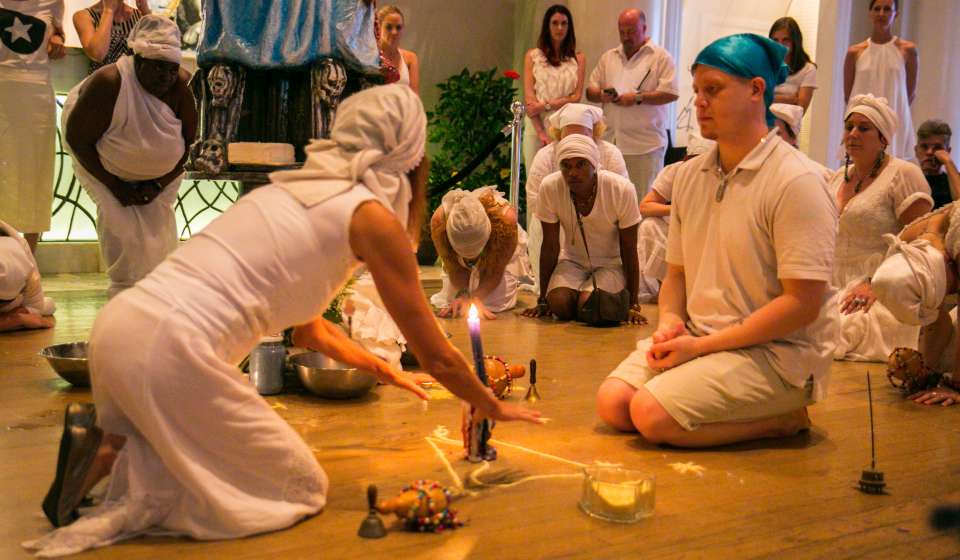The Louisiana Territory was claimed in 1682 by the French. They named it for their king, King Louis XIV. President Thomas Jefferson purchased the territory from Napoleon in 1803. The Louisiana Purchase nearly doubled the size of the United States. It is famous for being the birth place of Jazz. As well as its huge Mardi Gras celebrations in New Orleans. It has been held there since 1838.

Battle of Baton Rouge
When you think of the American Revolution you typically think of the East Coast and the original 13 colonies, not Louisiana. However, one battle took place in Baton Rouge, the only one to take part outside of the original 13 colonies. The battle took place on September 21, 1779, after the Spanish declared war on the British. Louisiana was under Spanish control at that time. It was a brief siege that ended with the British surrendering to the Spanish. The Spanish weren’t fighting the British to help the Americans but because of long standing tensions with the British Empire. No matter the reason, the little-known battle contributed to the defeat of the British.
The Causeway

Louisiana is home to the world’s longest bridge over a body of water, the Lake Pontchartrain Causeway. It is located in southern Louisiana and goes over Lake Pontchartrain. The Causeway is made up of two parallel bridges that are nearly 24 miles long. The first bridge was opened in 1956 and the second one in 1969. Before the bridges were built, ferries were used to get across. It functions as a toll bridge today. There is also some controversy about whether or not it is still the longest bridge over water and is generally called the longest continuous bridge.
Opera
Louisiana is home to the world’s longest bridge over a body of water, the Lake Pontchartrain Causeway. It is located in southern Louisiana and goes over Lake Pontchartrain. The Causeway is made up of two parallel bridges that are nearly 24 miles long. The first bridge was opened in 1956 and the second one in 1969. Before the bridges were built, ferries were used to get across. It functions as a toll bridge today. There is also some controversy about whether or not it is still the longest bridge over water and is generally called the longest continuous bridge.
Voodoo

Voodoo has been a part of Louisiana, especially New Orleans, for hundreds of years. It first came with the import of slaves from West Africa. Then Voodoo got a boost when people fleeing the slave revolts of Haiti in 1791 arrived in New Orleans. Louisiana Voodoo combined the religious beliefs and rituals of West Africa with those of the local Catholic population. There is an emphasis on spirits and ancestors. It became an important part of the culture of freed people of color in the 19th century. New Orleans even had Voodoo queens and kings. Marie Laveau was the most famous Voodoo queen. Prominent politicians and businessmen would consult her before making major decisions. It is still a part of the city today with Voodoo shops and rituals. There is even the New Orleans Historic Voodoo Museum that you can visit.
Tabasco
Did you know that Tabasco hot sauce was invented and originally produced in Louisiana? The story goes that Edmund McIlhenny, a banker from New Orleans, received some pepper pods from a traveler who recommended that he season his food with them. The post-Civil War food in the South was bland. So, he went home to Avery Island and planted them. Around 1866, he experimented with making a sauce from the peppers. He used Avery Island salt, French white wine vinegar, peppers and then would put it in small cologne like bottles and age it. He would give it to family and friends, it was known as “That Famous Sauce Mr. McIlhenny Makes”. Then in 1868, he grew his first commercial crop. A year later he sent out 658 bottles to different grocers along the Gulf Coast. It was a hit and a decade later it was even being exported to Europe. Today it is still produced on Avery Island by members of the McIlhenny family but the peppers are grown elsewhere.
